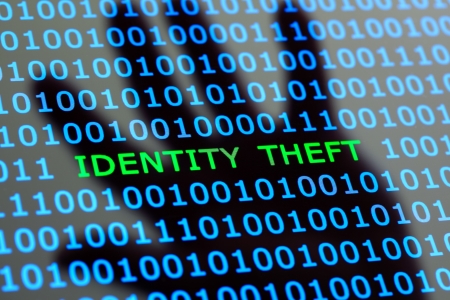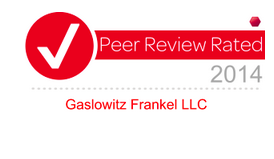
For many financial institutions, account access requires some rather basic information: name, address, date of birth, and Social Security number. In the past, this has created a sufficient layer of security, but in the age of data breaches where so many of us have had that information compromised, our accounts are increasingly at risk.
The most common scheme is rather simple. Using some basic information, the thief calls the financial institution and asks to close the account, agreeing to have the check sent to the mailing address on file so as to not raise any concerns. Then, before the check can get placed in the mail, he or she calls back and asks to change the mailing address.
With the increasing prevalence of these scams, it’s important that you take precautions to protect your retirement accounts.
- Check all of your accounts, including your retirement account, often, to verify both the balance and the personal information associated with the account, such as address, phone number, and email address.
- Pay attention to alerts and notices from financial institutions about account changes. Be sure that email alerts aren’t going to a junk account or spam folder.
- Secure your computer and mobile devices. Financial institutions often require you to authenticate a device the first time you use it to access your account. While convenient, this means these devices offer easier access for those who may wish to do you harm.
- Add email or text alerts to notify you of account changes. Nearly all institutions offer this as a free service.
- Use challenging usernames and passwords for online access, and be sure that both the username and password are different than those you use on other accounts, such as social media and email accounts.
- Choose security questions with answers that would be hard to find on social media.
- Ask your financial institution about two-factor authentication security measures, meaning you receive a one-time access code via email or text when you access your account.
If you find your account has been compromised, it’s essential to contact the financial institution immediately. Then, you should contact every other financial institution with which you do business, check your credit reports, consider implementing a credit freeze, and contact your financial advisor.





